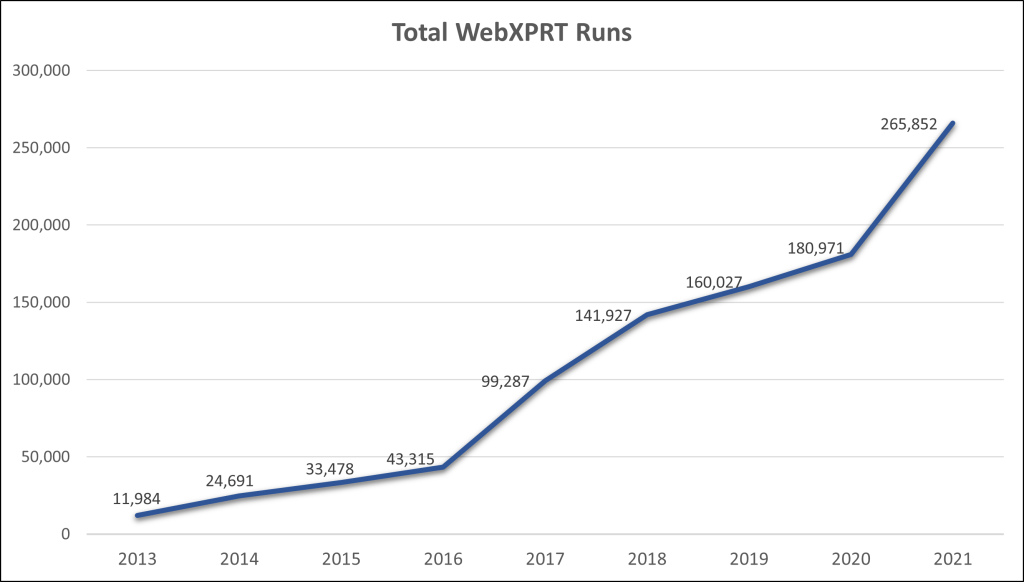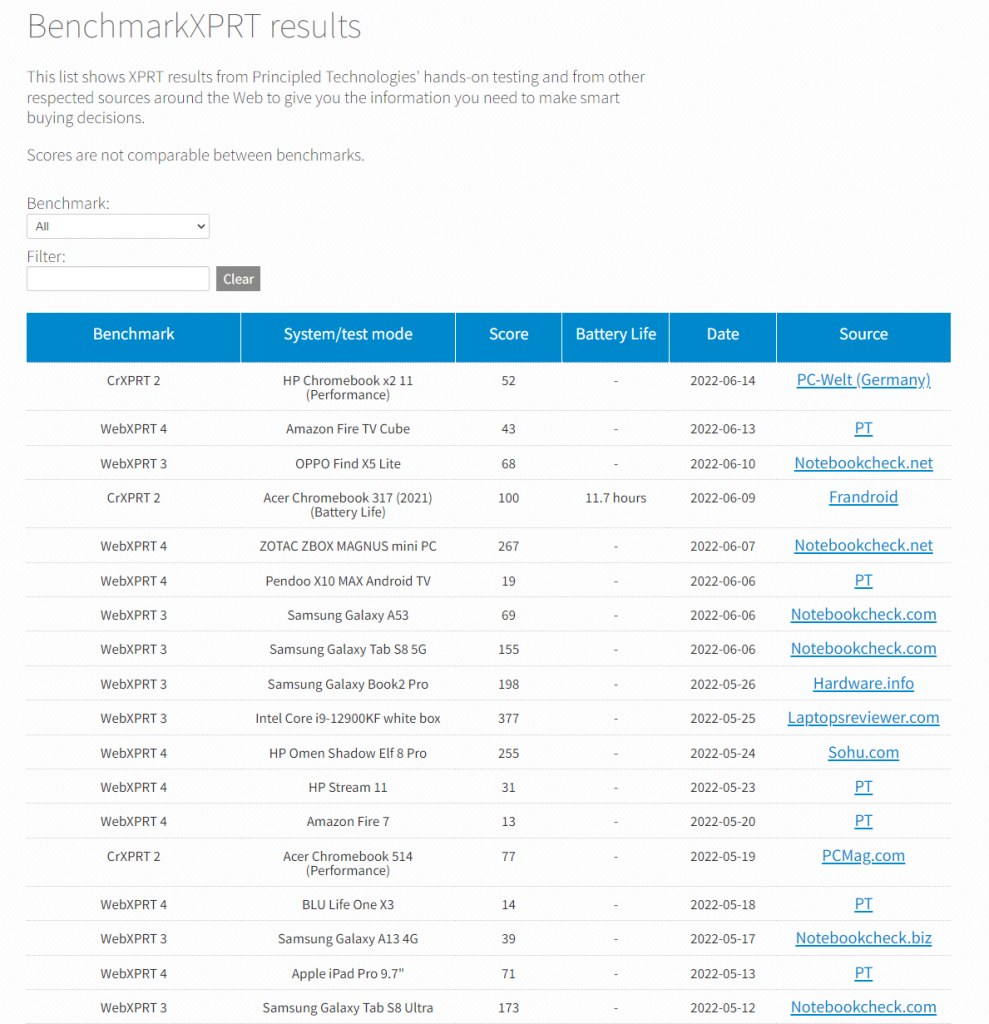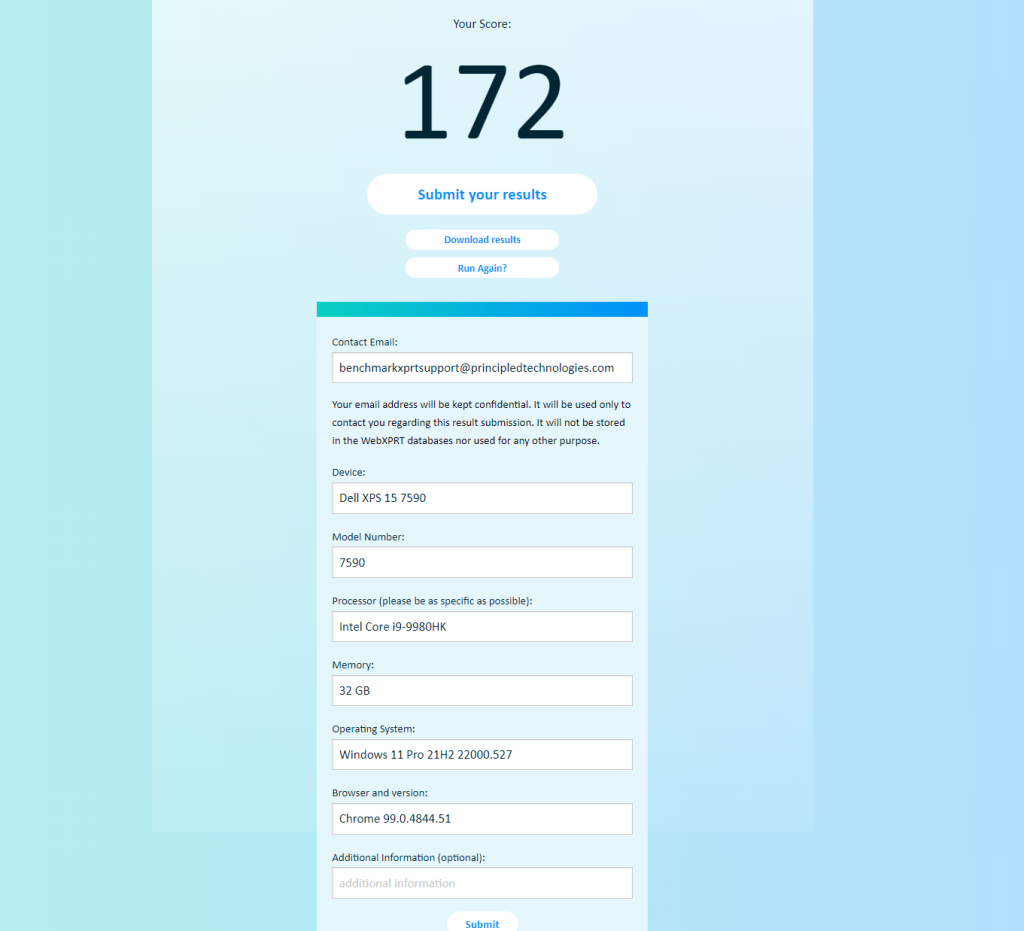We developed our first cloud benchmark, CloudXPRT, to measure the performance of cloud applications deployed on modern infrastructure as a service (IaaS) platforms. When we first released CloudXPRT in February of 2021, the benchmark included two test packages: a web microservices workload and a data analytics workload. Both supported on-premises and cloud service provider (CSP) testing with Amazon Web Services (AWS), Google Cloud Platform (GCP), and Microsoft Azure.
CloudXPRT is our most complex benchmark, requiring sustained compatibility between many software components across multiple independent test environments. As vendors roll out updates for some components and stop supporting others, it’s inevitable that something will break. Since CloudXPRT’s launch, we’ve become aware of installation failures while attempting to set up CloudXPRT on Ubuntu virtual machines with GCP and Microsoft Azure. Additionally, while the web microservices workload continues to run in most instances with a few configuration tweaks and workarounds, the data analytics workload fails consistently due to compatibility issues with Minio, Prometheus, and Kafka within the Kubernetes environment.
In response, we’re working to fix problems with the web microservices workload and bring all necessary components up to date. We’re developing an updated test package that will work on Ubuntu 22.04, using Kubernetes v1.23.7 and Kubespray v2.18.1. We’re also updating Kubernetes Metrics Server from v1beta1 to v1, and will incorporate some minor script changes. Our goal is to ensure successful installation and testing with the on-premises and CSP platforms that we supported when we first launched CloudXPRT.
We are currently focusing on the web microservices workload for two reasons. First, more users have downloaded it than the data analytics workload. Second, we think we have a clear path to success. Our plan is to publish the updated web microservices test package, and see what feedback and interest we receive from users about a possible data analytics refresh. The existing data analytics workload will remain available via CloudXPRT.com for the time being to serve as a reference resource.
We apologize for the inconvenience that these issues have caused. We’ll provide more information about a release timeline and final test package details here in the blog as we get closer to publication. If you have any questions about the future of CloudXPRT, please feel free to contact us!
Justin















